Research Research Highlights
Research Highlights
Research Highlights
Research Highlights
Research Highlights 미리보기
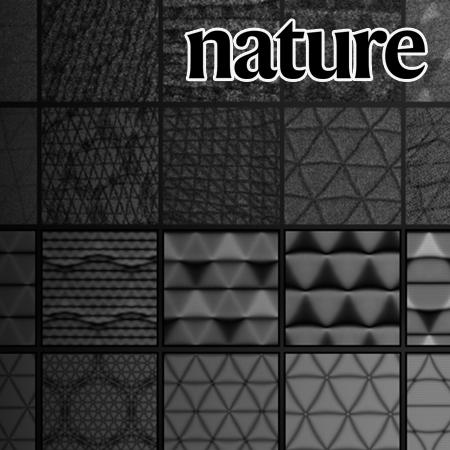
Professor Hyobin Yoo’s Research Team at SNU Develops 2D Quantum Material Platform Using Moiré Lattice Superposition
Prof. Hyobin Yoo
Seoul National University College of Engineering has announced that a joint research team led by Professor Hyobin Yoo from the Department of Materials Science and Engineering, in collaboration with Professor Young-Woo Son (Korea Institute for Advanced Study) and Professor Changwon Park (Ewha Womans University), has successfully developed a two-dimensional (2D) quantum material platform through the superposition of moiré lattices.
Research Highlights Board
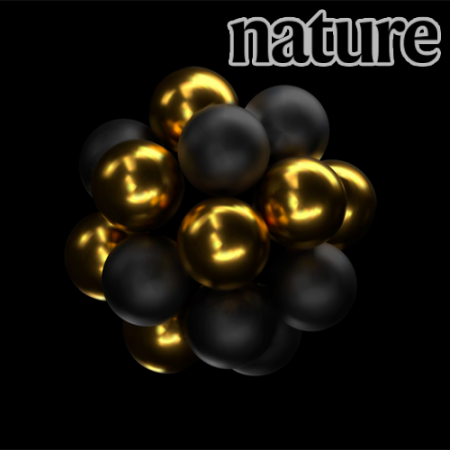
Three-dimensional nanoprinting via charged aerosol jets
Prof. Mansoo Choi
Here we introduce a technique for direct 3D printing of arrays of metal nanostructures with flexible geometry and feature sizes down to hundreds of nanometres, using various materials.
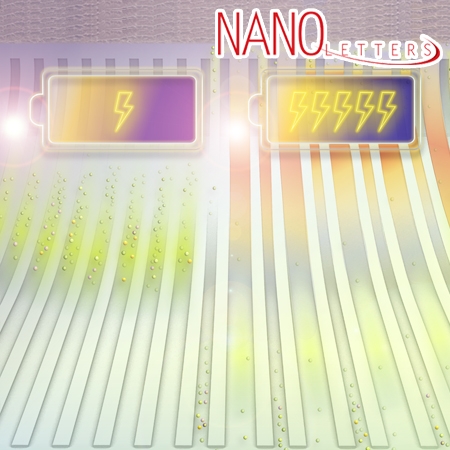
Overlimiting Current in Nonuniform Arrays of Microchannels: Recirculating Flow and Anticrystallization
Prof. Sung Jae Kim
Overlimiting current (OLC) through electrolytes interfaced with perm-selective membranes has been extensively researched for understanding fundamental nano-electrokinetics and developing efficient engineering applications.

Direct 2D-to-3D transformation of pen drawings
Prof. Sunghoon Kwon
Pen drawing is a method that allows simple, inexpensive, and intuitive two-dimensional (2D) fabrication. To integrate such advantages of pen drawing in fabricating 3D objects, we developed a 3D fabrication technology that can directly transform pen-drawn 2D precursors into 3D geometries.

Lenslet VR: Thin, Flat and Wide-FOV Virtual Reality Display Using Fresnel Lens and Lenslet Array
Prof. Byoungho Lee
We propose a new thin and flat virtual reality (VR) display design using a Fresnel lenslet array, a Fresnel lens, and a polarization-based optical folding technique. The proposed optical system has a wide field of view (FOV) of 102˚×102˚, a wide eye-box of 8.8 mm, and an ergonomic eye-relief of 20 mm. Simultaneously, o...
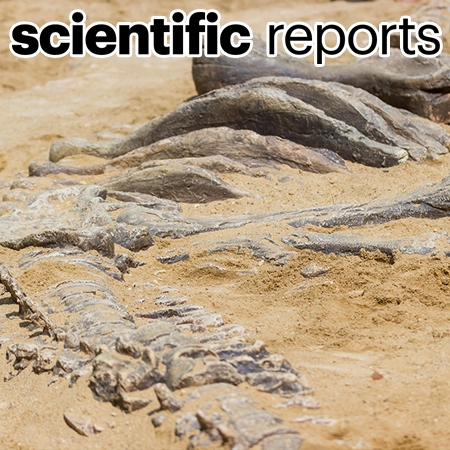
A new ankylosaurid skeleton from the Upper Cretaceous Baruungoyot Formation of Mongolia: its implications for ankylosaurid postcranial evolution
Prof. Yuong-Nam Lee
A new articulated postcranial specimen of an indeterminate ankylosaurid dinosaur from the Upper Cretaceous (middle-upper Campanian) Baruungoyot Formation from Hermiin Tsav, southern Gobi Desert, Mongolia includes twelve dorsal vertebrae, ribs, pectoral girdles, forelimbs, pelvic girdles, hind limbs, and free osteoderms.

Effects of extreme temperature on China's tea production
Prof. Sujong Jeong
The production of tea (Camellia sinensis (L.) Kuntze), the world's second most consumed beverage, is susceptible to extreme weather events. However, our understanding about the impacts of extreme temperatures and climate change on tea yields remains fairly limited.
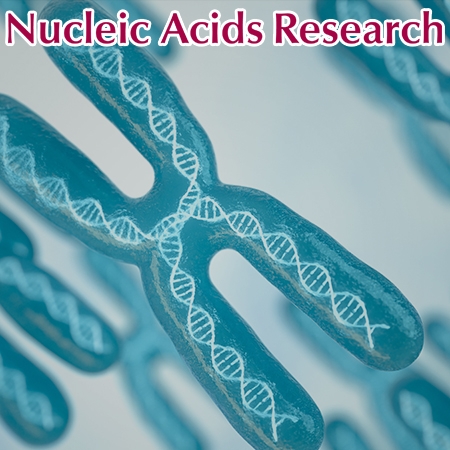
Long-read sequencing and de novo genome assemblies reveal complex chromosome end structures caused by telomere dysfunction at the single nucleotide level
Prof. Junho Lee
Karyotype change and subsequent evolution is triggered by chromosome fusion and rearrangement events, which often occur when telomeres become dysfunctional.
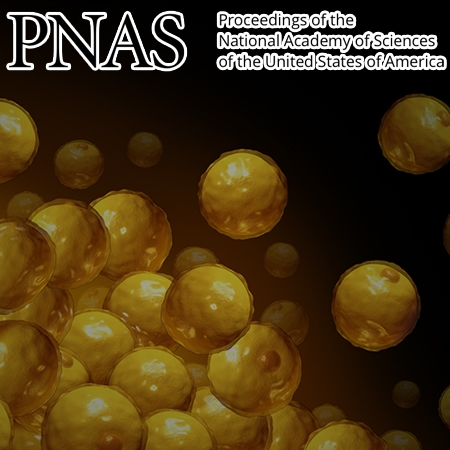
DNMT1 maintains metabolic fitness of adipocytes through acting as an epigenetic safeguard of mitochondrial dynamics
Prof. Jae Bum Kim
White adipose tissue (WAT) is a key regulator of systemic energy metabolism, and impaired WAT plasticity characterized by enlargement of preexisting adipocytes associates with WAT dysfunction, obesity, and metabolic complications.

Maintenance of type 2 glycolytic myofibers with age by Mib1-Actn3 axis
Prof. Young-Yun Kong
Age-associated muscle atrophy is a debilitating condition associated with loss of muscle mass and function with age that contributes to limitation of mobility and locomotion.

Realization of superabsorption by time reversal of superradiance
Prof. Kyungwon An
Emission and absorption of light lie at the heart of light–matter interaction.
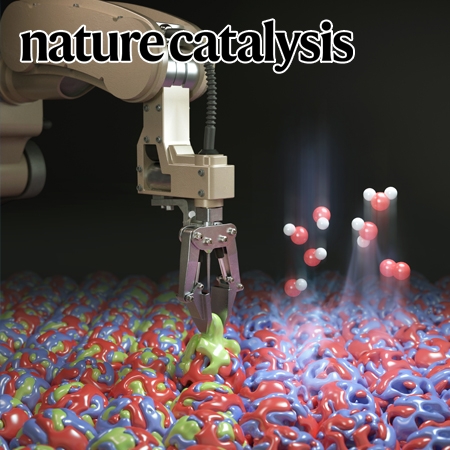
Redirecting dynamic surface restructuring of a layered transition metal oxide catalyst for superior water oxidation
Prof. Jongwoo Lim
Rationally manipulating the in situ formed catalytically active surface of catalysts remains a tremendous challenge for a highly efficient water electrolysis.
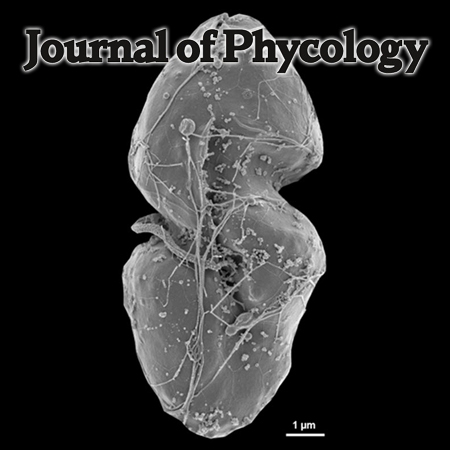
Shimiella gen. nov. and Shimiella gracilenta sp. nov. (Dinophyceae, Kareniaceae), a Kleptoplastidic Dinoflagellate from Korean Waters and its Survival under Starvation
Prof. Hae Jin Jeong
A small dinoflagellate, ~13 μm in cell length, was isolated from Jinhae Bay, Korea. Light microscopy showed that it was similar to the kleptoplastidic dinoflagellate Gymnodinium gracilentum nom. inval. rDNA sequences were obtained and its anatomy and morphology described using light and scanning and transmission electr...

